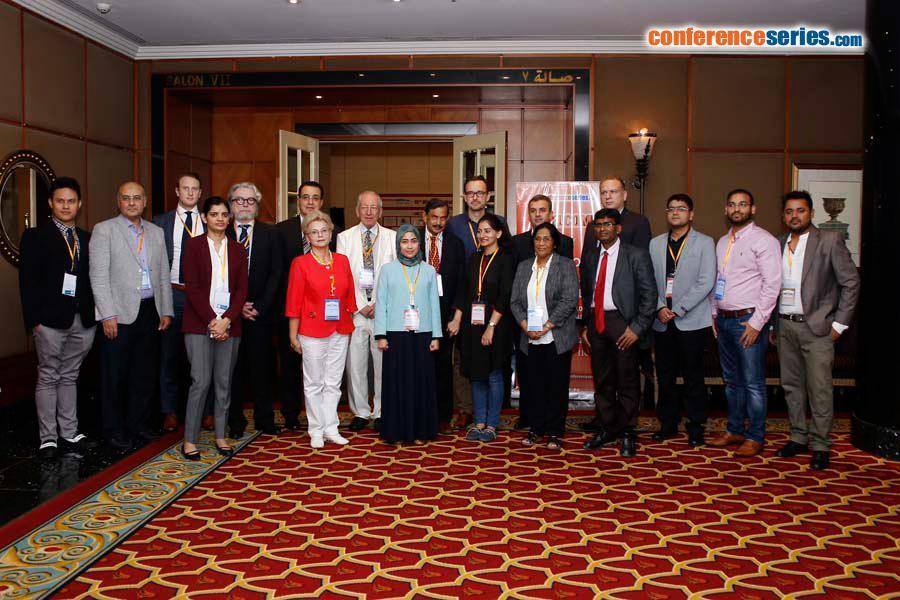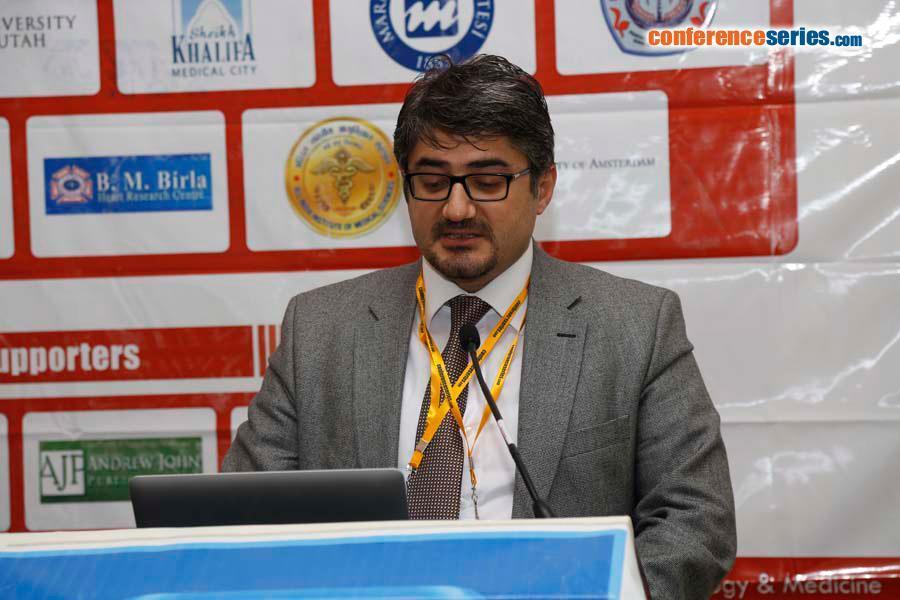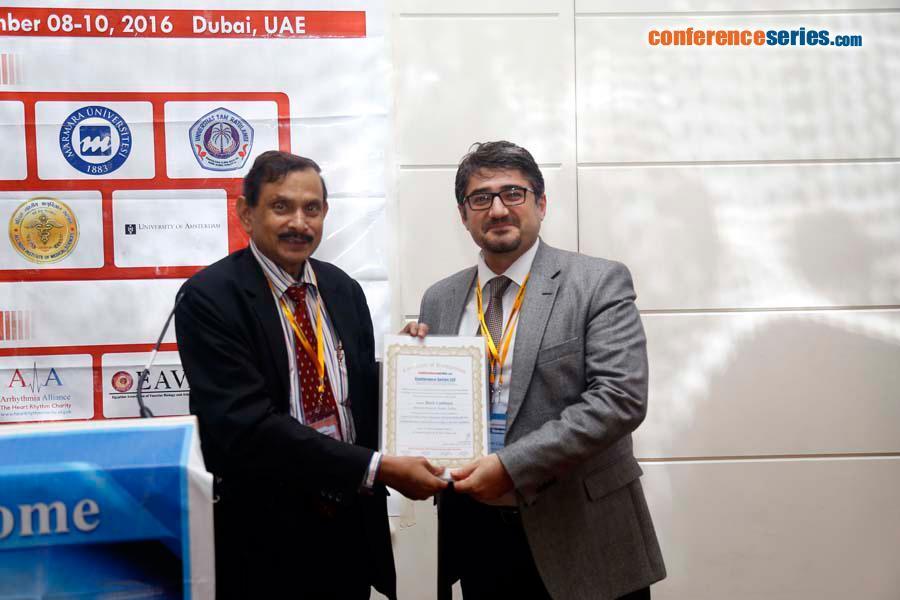
Baris Cankaya
Marmara University Hospital, Turkey
Title: Performing extracorporeal membrane oxygenatıon ın cardıopulmonary resuscıtatıon for newborn according to 2015 guıdeline
Biography
Biography: Baris Cankaya
Abstract
Cardiopulmonary resuscitation for the newborn needs to be more demonstrated with hospital staff not only pediatrics and obstetrics specialists but nurses and technicians as well. Success is only made with a team approach. Simulations and manikins play important role for training. Updated 2015 guidelines are available and a new one will replace five years later. Extracorporeal membrane oxygenation technique (ECMO) helps for survival. Examples of resuscitation errors include failure to accurately detect heart rate, clinically significant delays in the initiation of Positive Pressure Ventilation (PPV), initiation of Chest Compressions (CC). Physiologic changes during delivery plays an important role. Approximately 85% of babies born at term will initiate spontaneous respirations within 10-30 s of birth, and the rest will respond to drying, stimulation and PPV. But 2% will be intubated and 0.1% will require CPR. The components of an effective CPR are optimal assessment of heart rate, umbilical cord milking, temperature maintenance in the delivery room and the infant, sustained inflations, oxygen concentration for resuscitating premature newborns, CC ratio and neonatal resuscitation instructors. Bartlett published the initial experience of ECMO with 45 newborns. This trial showed a >50% survival in patients whose mortality estimated at the time of was 90%. The UK trial of neonatal ECMO is the only controlled randomized trial to determine its efficacy. Its compared outcome (mortality and disability) between similar children managed in good quality neonatal centers in a standard fashion against transfer to and treatment in an ECMO centre. According to the results ECMO was superior to conventional approach. ECMO requires some more parameters to monitorize such as blood flow (ml/kg/min), revolutions per minute (rpm), pressure in the circuit, anticoagulation. ECMO treatment is best for the newborns with meconium aspiration. In the near future, we will be discussing extracorporeal fetal support technique.




